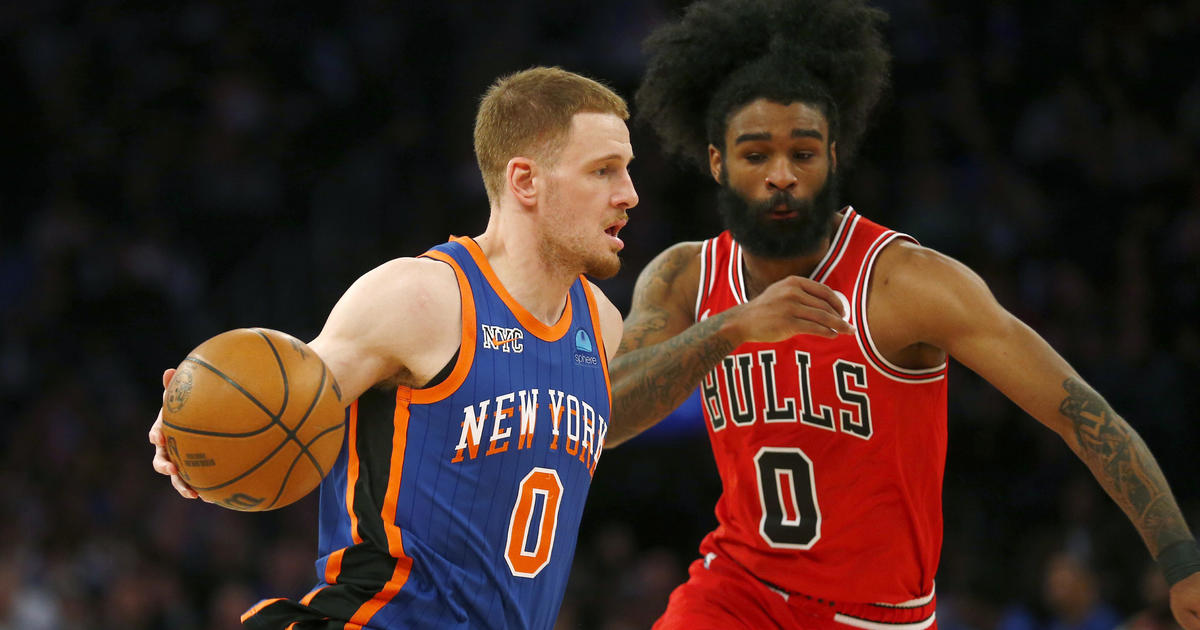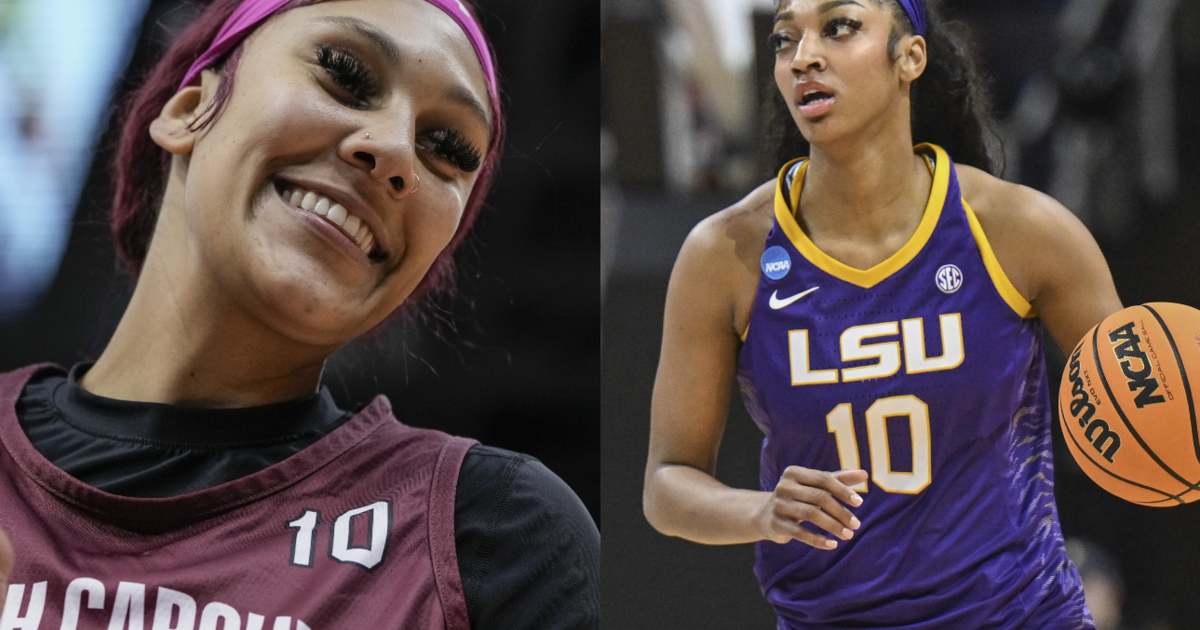Durkin: Rookie Spotlight – David Fales
By Dan Durkin-
(CBS) For NFL quarterbacks, having the opportunity to work with Bears coach Marc Trestman is a boon both professionally and financially. Both quarterbacks who lined up under center for the Bears last season tightened up their mechanics, sharpened their decision-making skills and eventually signed contracts totaling $136.7 million this past offseason.
With Jay Cutler secured for another seven seasons -- three guaranteed, which puts him on the same timetable as Trestman -- there's no quarterback controversy in Chicago. The Bears are all in on Cutler. However, over the past four seasons Cutler has missed 13 starts due to injury, so it is essential to have capable -- and cheap -- backup quarterbacks on the roster.
As it stands, the No. 2 job is a battle between Jordan Palmer and Jimmy Clausen. However, for the first time under general manager Phil Emery's watch, the Bears invested a draft pick on a quarterback, selecting San Jose State's David Fales in the sixth round (183rd overall).
Emery made news earlier this offseason when he shared the results of a quarterback study he did about where long-term starters originate. "The developmental theory doesn't hold a lot of water," Emery said. "There isn't a single quarterback after the third round since 2006 that has been a long-term starter."
So did Emery go against his own theory by drafting a quarterback after the third round? Not at all.
The delineation lies in the fact that the Bears don't view Fales as a long-term starter, rather a young prospect they can bring up in their system and ideally shape into a reliable backup. While he doesn't fit the big quarterback mold we've seen Emery prefer since taking over in Chicago, he does have skills that translate well to Trestman's timing-based attack.
Here's the breakdown on Fales in our rookie spotlight.
Height: 6'2"
Weight: 212
Arm length: 31 3/4″
40-yard dash: 4.99
Vertical jump: 28″
Fales took a circuitous path to the NFL. He originally attended Nevada-Reno, where he was a backup to Colin Kaepernick, but he quickly realized he wasn't a fit for their run-first approach to quarterbacking. He then transferred to Monterey Peninsula College and finally made his way to San Jose State. In 2012, his completion percentage of 72.1 led the nation and put him on the radar screen of NFL scouts.
Positive impressions
Ball placement – Fales throws a very catchable ball with great touch, particularly in the short-to-intermediate passing game. He demonstrates a good feel for when he needs to lead a receiver up the field or drop the ball to their back shoulder. He operates from a balanced framework, keeping proper weight distribution between his back and front foot to step into his throws and aggressively deliver the ball into tight windows.
Anticipation – Fales is a rhythm passer with adequate arm strength, but he can't drive the ball like other prospects. What he lacks in raw arm strength, he makes up for it with anticipation and a compact delivery. Throwing with anticipation speaks to his ability to execute both coverage and progression reads and the trust and timing he developed with his receiving corps. He's adept at getting an accurate pre-snap picture of what the coverage is to help speed up his decision-making process and keep himself in rhythm.
Pocket awareness – Fales shows a good feel for the rush in the pocket and sufficient mobility. At 6-foot-2, he has to be crafty at times when under duress to find throwing lanes. He also has the ability to keep his eyes fixed down the field and feel where the rush is coming from instead of letting his eye level drop. This is a vital skill in the NFL, as quarterbacks who panic under pressure and drop their eyes have to re-scan the field before throwing, which takes time and typically leads to negative plays.
Areas for improvement
Arm strength – Like most rookie prospects, Fales will benefit from getting into an NFL strength and conditioning program. On several deep passes and sideline routes, he had a tendency to put too much air under the ball, which gave defensive backs more time to react and break on the ball. By putting on some weight and strength in his upper body, Fales should see increased zip and drive on deep digs, outs and vertical routes.
Deep ball accuracy – Not only did Fales have a tendency to float deep balls, but his accuracy also waned. He would occasionally gear up to throw a vertical route and alter his mechanics, which led to errant throws. Trestman's offense features a lot of vertical throws, but they can be made early on to get the ball into the hands of playmakers with room to run after the catch.
Looking off defenders – One of the subtleties that makes quarterbacks successful in the NFL is the ability to look off or hold a defender to create a passing window. Tactics as simple as looking to the backside of a play to hold a safety or a subtle shoulder shake to freeze a middle linebacker can pay dividends. Fales needs to work on keeping his shoulders more square to the line of scrimmage during his drop back, as defenders will pick up on this key -- only having to defend half of the field -- to lead them to where the ball is being delivered.
Prospects for 2014
If Fales shows well during training camp and the preseason, it's not unrealistic to think he may stick around as the third quarterback and the loser of the Palmer-Clausen battle is let go.
I was high on Fales heading into the 2013 season, given his ability to move football players despite lacking an elite arm. Previously, I likened Fales to Jon Kitna, a mobile, accurate passer who can be a capable starter but is ideally suited as a long-term backup.
Follow Dan on Twitter: @djdurkin



